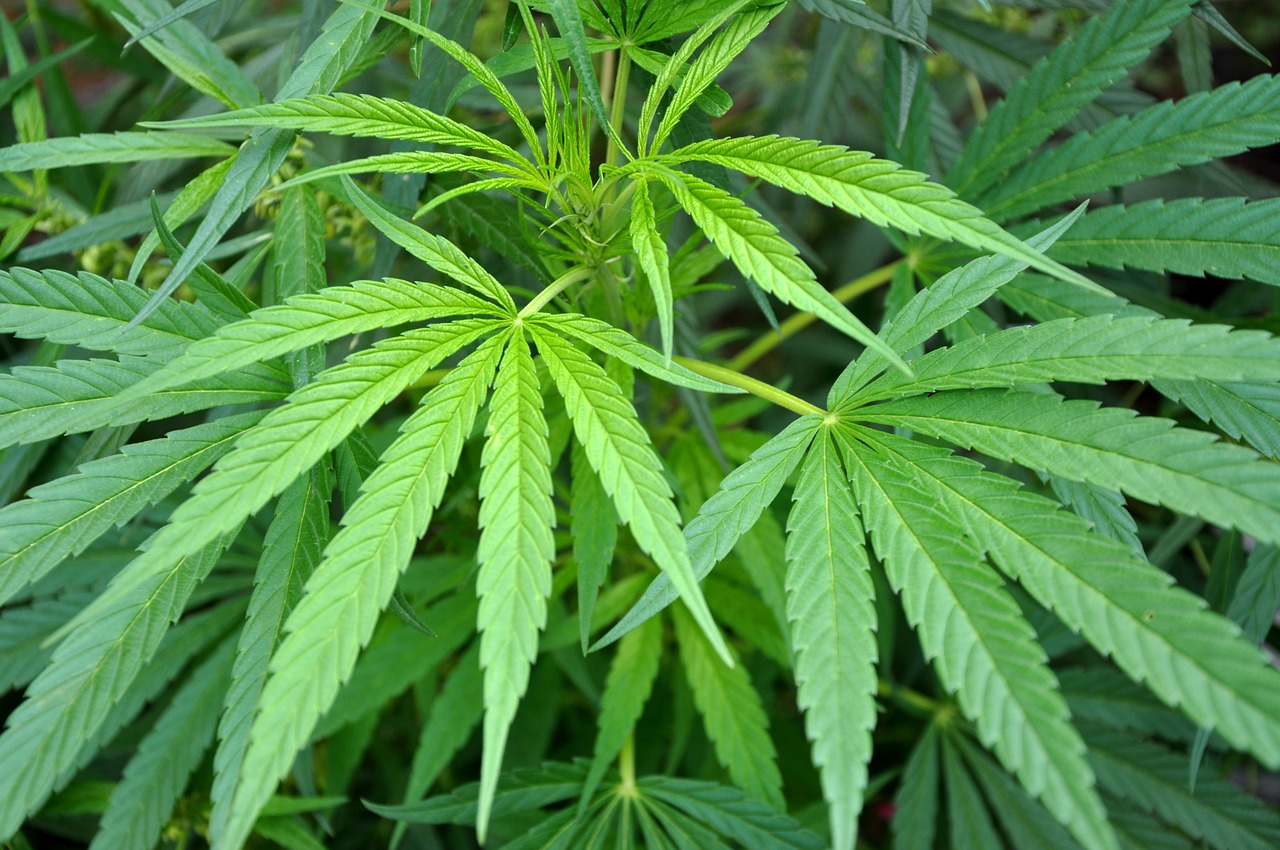Search
Commission Recommends No Legal Limit for Marijuana in Michigan

The Impaired Driving Safety Commission (IDSC) has recently recommended that Michigan lawmakers take no action toward the creation of a legal limit for marijuana. In summary, the Commission believes that the science does not support a one size fits all legal limit threshold for drivers who have used marijuana.
The IDSC was established in 2017 by Michigan Compiled Laws sec. 28.793. According to subsection 2 of this law:
(2) The commission shall research and recommend a scientifically supported threshold of THC bodily content to provide evidence for per se impaired driving in this state. The commission shall exist until it submits the final report.
This final report was issued in March 2019. The report contains many interesting findings, and confirms that the detection, arrest and prosecution of marijuana impaired drivers is a much more daunting task than for alcohol impaired driving.
As of the date of this article only six states legal limits for THC. These include:
- Colorado: 5 ng/ml
- Montana: 5 ng/ml
- Nevada: 2 ng/ml
- Ohio: 2 ng/ml
- Pennsylvania: 1 ng/ml
- Washington: 5 ng/ml
One of the main problems with attempting to arbitrarily determine a legal cut-off for THC is that there is no scientifically supported correlation between a given THC level and a predictable level of observed impairment. With alcohol there is a predictable relationship between the amount of alcohol consumed and the correlate impact on the drinker’s physical and cognitive ability. Therefore, legal limits have some meaning in drunk driving prosecutions. Also, alcohol elimination can nearly always be plotted on an approximately bell-shaped curve, with blood alcohol levels gradually increasing, reaching a peak, then gradually decreasing over time.
The same is not true with marijuana, which, unlike alcohol, is eliminated more sporadically, and the speed of absorption depends also on the manner of ingestion. Smoking marijuana creates the most rapid absorption, with peak THC at about 3-10 minutes, while marijuana that is eaten takes much longer to reach a peak, typically as much as 120 minutes. Also, the peak blood levels that occur very quickly after smoking marijuana are often associated with no impairment. The effect of ∆9-THC on the central nervous system (resulting in impairment) occurs more slowly. Concomitant to this slowly occurring impairment, the THC will be rapidly eliminated and the blood-∆9-THC levels will drop.
There is the additional problem of metabolic tolerance. Regular and chronic marijuana users experience a tolerance to the drug requiring higher THC levels to produce the same effects as achieved initially. This means naïve users of marijuana may experience impairment at very low levels of blood THC while experienced users may need much higher doses of marijuana before impairment results.
From these metabolism issues, the IDSC derived two key points;
- For smokers of marijuana, peak blood-∆9-THC levels are reached before actual impairment is experienced, and;
- Regular users of cannabis respond differently to the same dose of ∆9-THC than occasional or infrequent users of cannabis.
The ultimate conclusion in the IDSC’s report, therefore, was expressed as follows:
Because there is a poor correlation between ∆9 -THC bodily content and driving impairment, the Commission recommends against the establishment of a threshold of ∆9 -THC bodily content for determining driving impairment and instead recommends the use of a roadside sobriety test(s) to determine whether a driver is impaired.
It seems odd that the IDSC recommends the use of field sobriety tests rather than blood THC levels considering that their report also properly indicates: “the use of SFSTs for detecting cannabis impairment has been studied more recently with mixed results.” One thing is certain in all of this; the evolving and inconclusive science of marijuana metabolism and intoxication means that many prosecutors will have difficulty obtaining convictions on operating under the influence of marijuana cases.
 Michigan Criminal Defense Lawyer Blog
Michigan Criminal Defense Lawyer Blog

